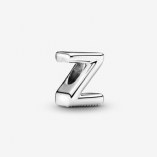Alfa Romeo Lovers
-
Gerelateerde inhoud
-
- 4 reacties
- 489 weergaven
-
- 2 reacties
- 1.709 weergaven
-
- 76 reacties
- 5.325 weergaven
-
- 78 reacties
- 5.206 weergaven
-
- 28 reacties
- 4.029 weergaven
-
-
Wie is er online 0 leden
- Er zijn geen geregistreerde gebruikers deze pagina aan het bekijken






Aanbevolen berichten
Doe mee aan dit gesprek
Je kunt dit nu plaatsen en later registreren. Indien je reeds een account hebt, log dan nu in om het bericht te plaatsen met je account.